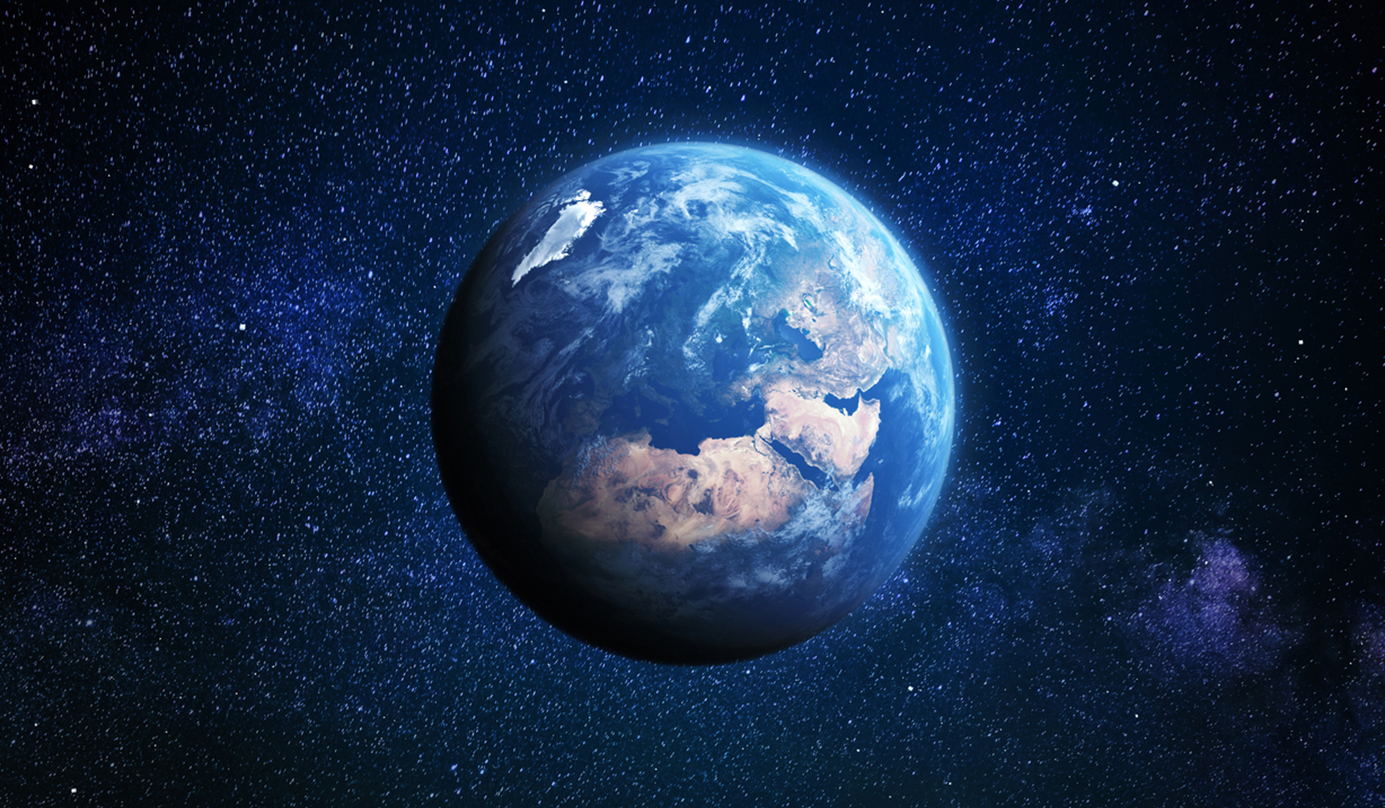
Humans have been exploring the Earth for a long time. We know what almost all of our land looks like. We have charted most of the Earth. But there is somewhere on Earth that we have not studied. That is the deep sea.

Scientists say that 90-95% of the deep sea is unexplored. The Earth is almost 70% water. That means we know almost nothing about our own planet!

Oceanography is the study of the ocean. It is very important for humans. We can learn about how the world is changing. We can learn about natural disasters like earthquakes and tsunamis.

But deep-sea exploration is not easy. We need special gear.

Using scuba gear is one way of exploring underwater. Scuba gear lets people dive in the water. They take a tank of oxygen to breathe.

Jacques Cousteau was a famous explorer. He explored the deep sea. He invented the first scuba gear. He wanted to find new ways to explore the deep sea. He learned many things about plants and animals that live in the deep sea. He taught many people about the seas and oceans on Earth.

But the deep sea is so deep that scuba gear is not enough. The pressure is too high for the human body. We need even more special equipment. We need submarines.

Sylvia Earle is a famous explorer. She explores the deep sea. She rides in submarines and goes into the deep sea. Sometimes, she stays in submarines for a long time.

Sometimes, scientists use submarines that have no people inside. The submarines explore the deep sea. They can move around. They can take pictures. They help us learn many things about plants and animals that live in the deep sea. They teach us about the seas and oceans on Earth.

The deepest part of the sea is the Mariana Trench. It has a depth of 10,994 m. It is deeper than Mount Everest is tall. There is no sunlight down there. Only one human has ever been there. In 2019, Victor Vescovo descended in a submarine.

There is still so much to find in the deep sea. Who knows what might be down there? Who knows what animals we have not found?